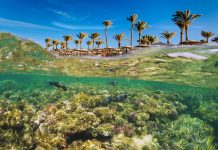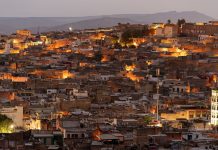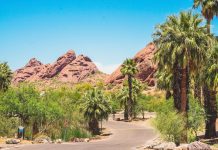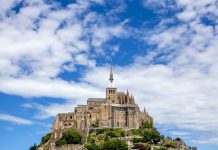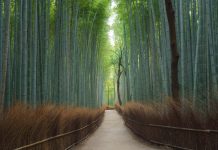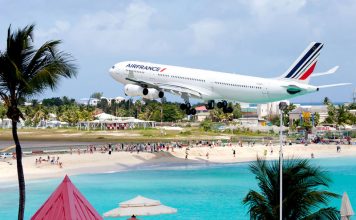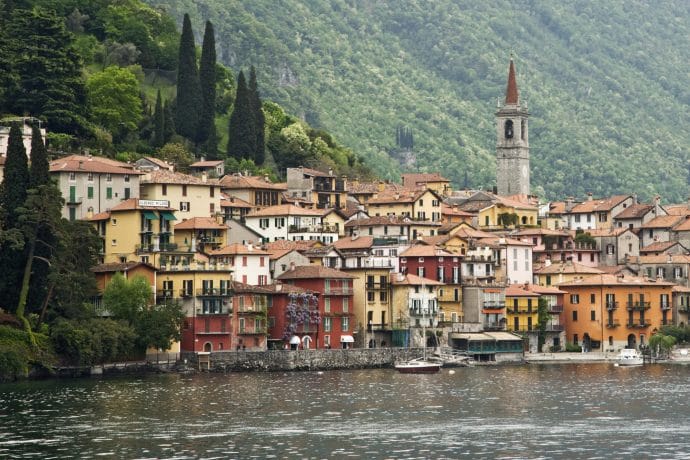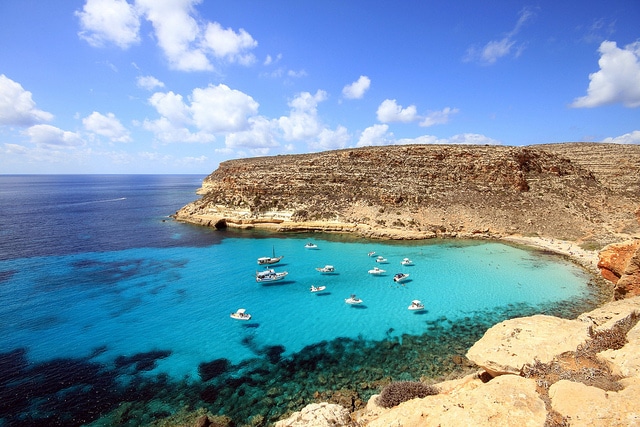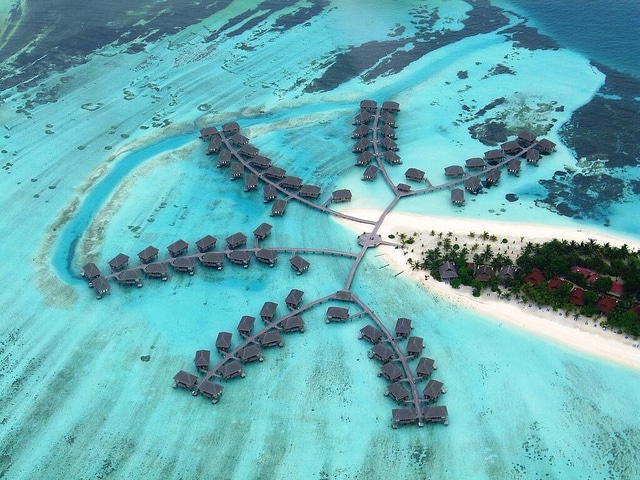Ljubljana (Ljubljana, Slovenia) lies along the river Ljubljanica and is the capital of the young Republic of Slovenia. Dynamic during the daylight and sparkling at night, it has completely changed its face in recent years. A careful restoration has brought back the ancient splendor of the most important Baroque and Art Nouveau mansions, magnificent fountains, bridges, churches and the imposing castle that dominates the city. In the historical center, which is free from traffic, you may walk around in absolute tranquility, even at night when the lights reflected on the waters of romantic Ljubljanica spread a veil.
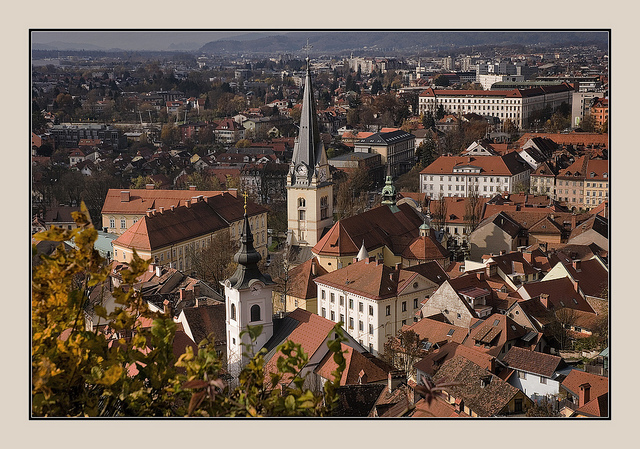
Brief history of Ljubljana
The first Roman settlements in the Ljubljana area date back to 15 AD . The city was mentioned for the first time with its current name in 1144 (the German version Laibach) and in 1146 (as Luwigana). In the thirteenth century it became the capital of Carniola, and in 1335 came under Habsburg rule, lasting until the end of WWI. Ljubljana became the seat of the diocese in 1461 and the main cultural center of the region by the end of the middle Ages. The Habsburg rule was briefly interrupted during the Napoleonic wars between 1809 and 1813. After the Second World War it became the capital of the Yugoslav republic of Slovenia and, finally, in 1991 the capital of Slovenia.
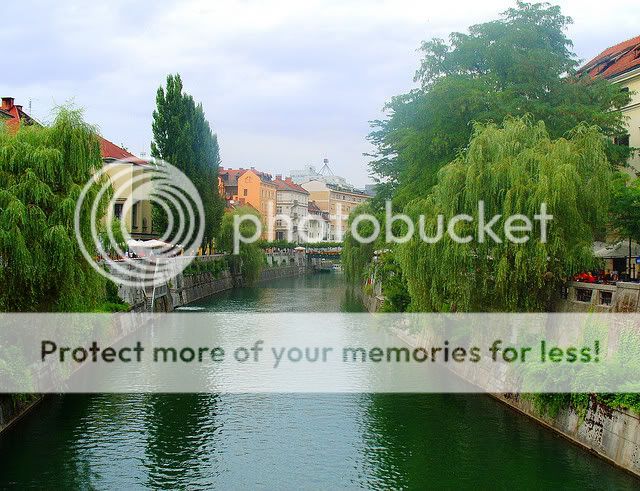
Ljubljana Tourist Information
Ljubljana is a city of culture. It has many theaters, museums and art galleries and is well known for its orchestras. Many cultural events and festivals are hosted there every year. In summer, numerous cafes and restaurants enliven the banks of the Ljubljanica and the squares of the historic city center. Tourists and residents meet each other for morning coffee, or to pay the almost obligatory visit to the Central Market on Saturday, the antique market on Sundays, or to chat with friends in the evening. Ljubljana is a city full of young people, with 50,000 students attending the many university faculties.
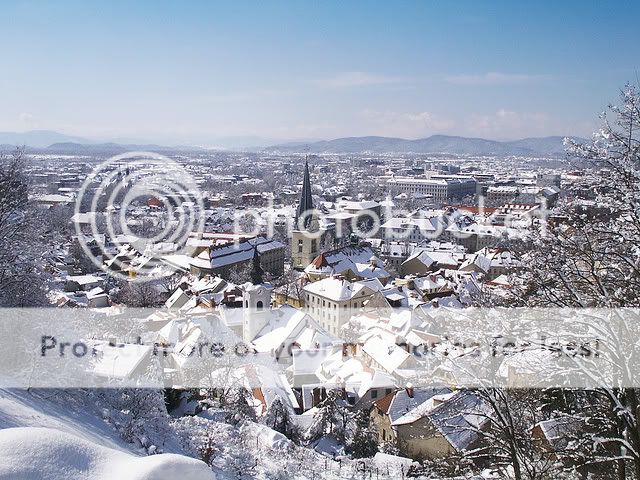
It’s a popular destination for scientists, world-renowned artists and businessmen who come from all over the world on the occasion of numerous business meetings, trade fairs, congresses and conferences. Ljubljana is a city where people return to most often, both for work and because they bind to the town pleasant memories of the visit. Due to its excellent geographical position is also a starting point to discover the myriad aspects and beauties of Slovenia.
By Nikos K
Travel photo Andry Trnkoczy, Mike Stirling, stroop waffel


